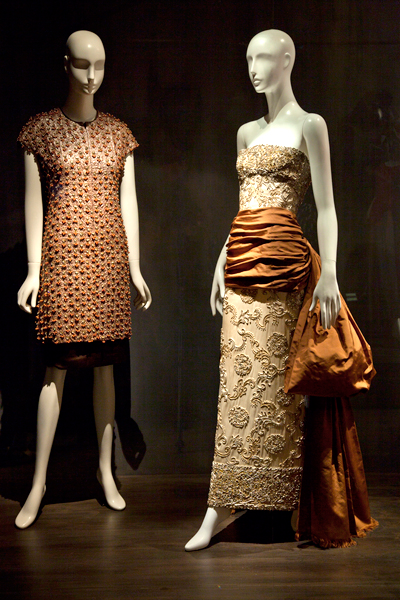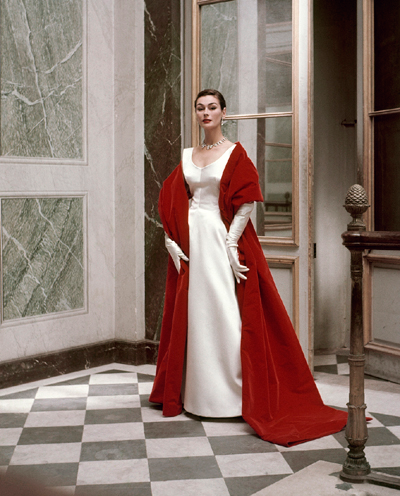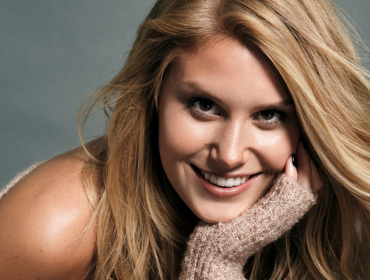Exhibition Showcases Designer as Couturier of Cultural Fashion
As was William Shakespeare to English literature, Henri Matisse to modern art, and Frank Lloyd Wright to organic architecture, so was Cristóbal Balenciaga to fashion design — a master of his craft. A fashion innovator, Balenciaga’s designs were all about the cut, from the sack dress and balloon skirt to the funnel-shaped gown and Kimono-sleeved coat. He favored stiff fabrics like silk gazar and duchess satin that offered a sculptural aesthetic.
A highly coveted couturier of the 20th Century, Balenciaga once exclaimed that “No woman can make herself chic if she is not chic herself.” His designs were worn by tastemakers, socialites, and iconic figures in history including former United States first lady Jacqueline Kennedy, Queen Fabiola of Belgium, and Gloria Guinness, former contributing editor to Harper’s Bazaar magazine. His design prowess would also inspire a legion of designers including French designers Emanuel Ungaro and Hubert de Givenchy, as well as Columbia-born Oscar de la Renta, who began his career in Madrid at Madrid at Eisa, one of the Spanish branches of Balenciaga’s fashion empire.
In 1918, the Spanish-born designer founded his first Haute Couture house in Spain, but was forced to leave Spain for Paris during the Spanish Civil war in 1937, where he opened his Paris fashion house and created couture for three decades until his retirement in 1968. Under these circumstances, it is conceivable how a sense of nostalgia for his native country might serve as a source of inspiration for his designs.
When one chooses a fashion to wear, not much thought is given to the inspiration of the designer. We rather seek fashion as a tool to express who we are and our status in society, whether intentionally or subconsciously. In a climate of evolving trends, it may seem unlikely that a designer would derive influence from geographical or cultural references.
No woman can make herself chic if she is not chic herself.
Although the items were comprised from museums and private collections throughout Europe and the United States, many of the pieces come from the House of Balenciaga in Paris and represent an unprecedented collaboration between the House and the Institute.
Starting March 26 through July 4, 2011, the exhibition titled, Balenciaga and Spain, will be at de Young Museum in San Francisco. This exhibition will be an expanded version of the New York exhibit and will include more than 100 pieces, including some items from the M.H. de Young Balenciaga collection, and will explore the impact of Spanish culture, history, and traditions. The exhibition will be categorized in six sections: Spanish Art, Regional Dress, The Spanish Court, Religious Life and Ceremony, the Bullfight, and Dance.
“I hope people will come away from this exhibition with a really keen sense of the extraordinary impact of Spanish culture and its history on Balenciaga’s work, during the years he was in Paris,” Bowles, who is the curator for the exhibition, told the Associated Press. “I also hope they come away with a sense of a designer who is constantly evolving and experimenting.”
Image source: Queen Sofia Spanish Institute











